Domestic market booms, HCMC tourism revenue skyrockets after merger
After expanding its administrative boundaries, Ho Chi Minh City has become a city with a population of over 14 million people - the most populous administrative unit in the country. This is not only an administrative milestone but also opens up a potential intra-provincial tourism market.
The source of domestic visitors includes people living, working and studying in areas within the new administrative space of Ho Chi Minh City. Not only is this group of visitors large in number, it is also clearly differentiated according to needs and consumer behavior.
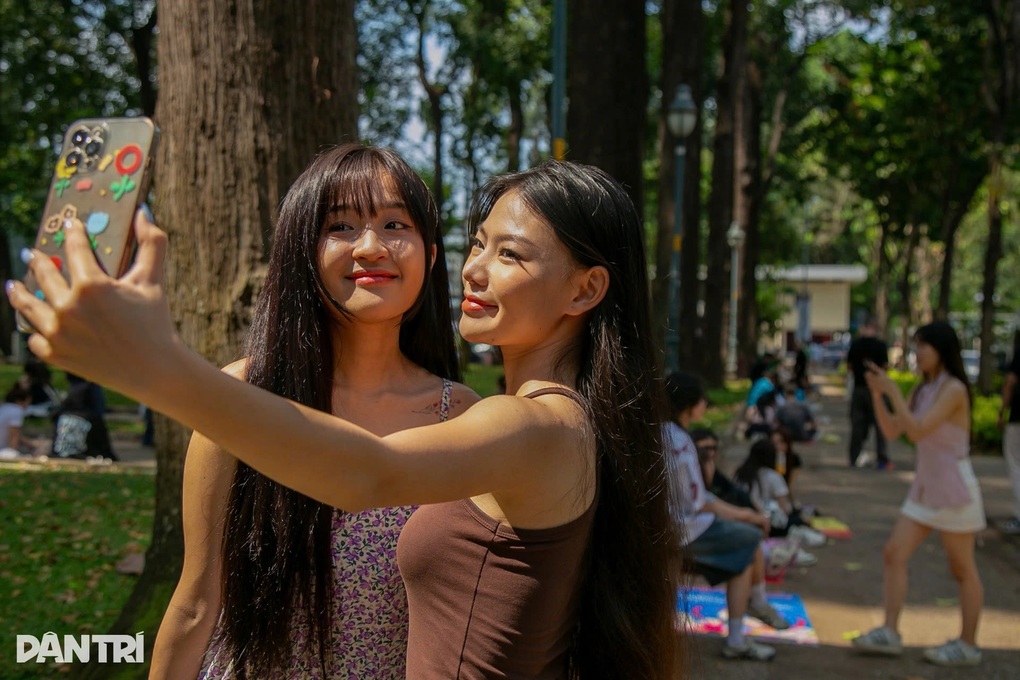
After the merger, Ho Chi Minh City has a large and potential tourism market (Photo: Hanh Le).
According to information from the Ho Chi Minh City Department of Tourism, young urban people tend to prefer short tours, night city tours or weekend sports and music events. Meanwhile, young families look for activities related to nature, education, craft villages, and children's playgrounds.
Middle-aged and elderly people prefer coastal resorts, health care, and visits to cultural and spiritual sites. In addition to individual tourists, the travel demand of businesses, schools, and organizations is also stable year-round.
The impact of the expansion has been clearly reflected in tourism indicators. According to statistics, international visitors to Ho Chi Minh City in July were estimated at 695,930, up 75.3% over the same period last year. In the first 7 months of this year, Ho Chi Minh City welcomed 4,552,464 international visitors, up 48% over the same period, reaching 53.6% of the yearly plan.
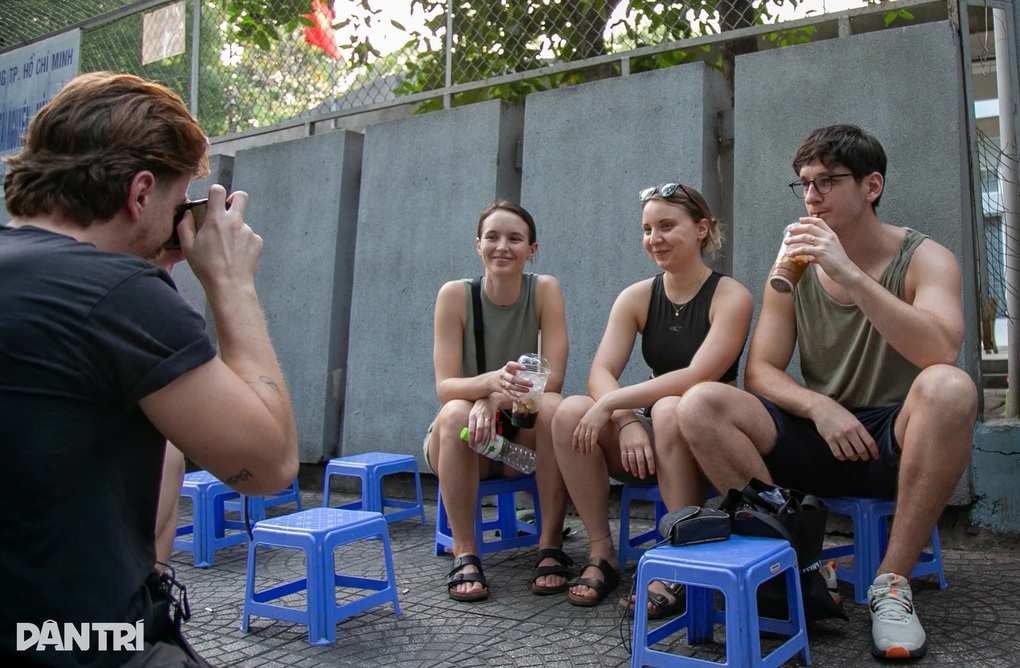
In July, Ho Chi Minh City welcomed more than 4 million international visitors (Photo: Hanh Le).
Domestic tourists also increased steadily: July reached 3,389,721 arrivals, up 15% over the same period. In total, in 7 months, Ho Chi Minh City attracted 21,723,330 domestic visitors, up 8.2%, reaching nearly 48.3% of the yearly plan.
A notable highlight is that total tourism revenue in July reached VND22,368 billion, a sharp increase of 45.6% over the same period. Since the beginning of the year, the Ho Chi Minh City tourism industry has earned VND140,305 billion, an increase of 29.9%, reaching 54% of the yearly plan. This is considered a positive result demonstrating the resilience of the tourism industry after the merger.
Sharing with Dan Tri , Ms. Nguyen Cam Tu - Director of Ho Chi Minh City Tourism Promotion Center - said that expanding administrative boundaries is the foundation for building a strategic "tourism triangle".
"Each locality has its own strengths: the old Binh Duong with its craft villages and technology parks, the old Ho Chi Minh City as a financial and service center, the old Ba Ria - Vung Tau stands out with its islands and resorts. This combination will create a new Ho Chi Minh City with in-depth, highly competitive inter-regional products," Ms. Tu analyzed.
According to Ms. Tu, the merger not only helps improve accommodation capacity, especially in quality resorts, but also promotes the development of new product lines towards personalized, creative, intimate and connected experiences.
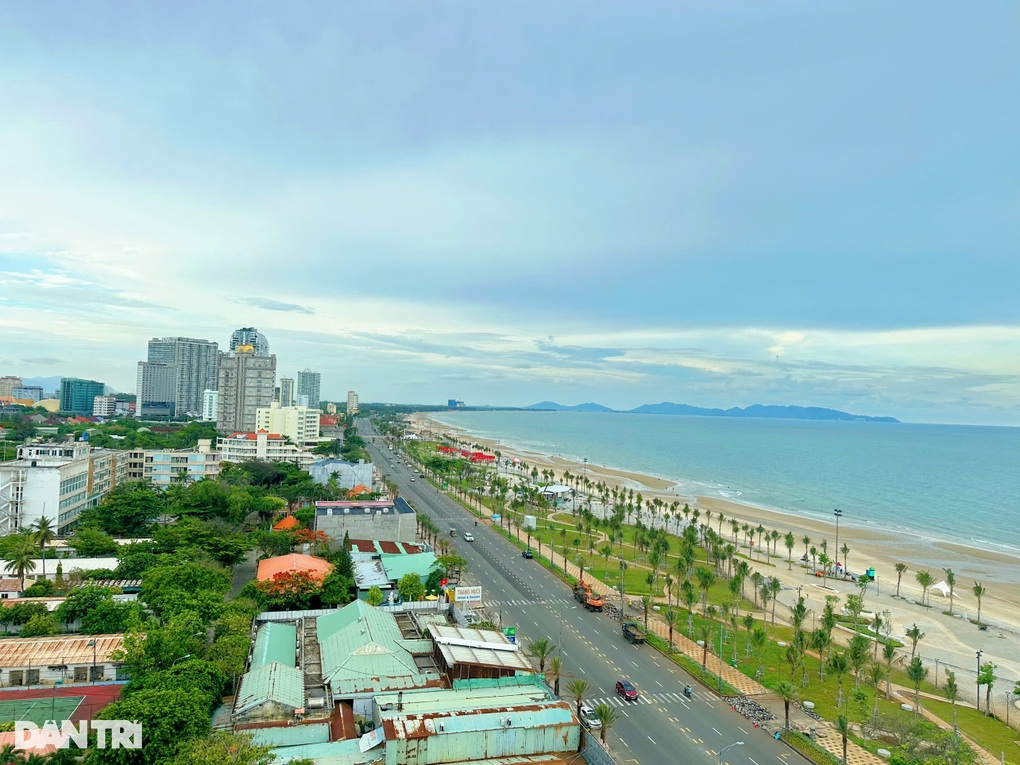
Having more beaches contributes to the strong development of tourism in Ho Chi Minh City (Photo: Moc Khai).
According to the Ho Chi Minh City Department of Tourism, one of the notable orientations of Ho Chi Minh City is to promote the daily tourism model for people, that is, tourism that does not require special occasions or long distance travel, but still brings relaxation, discovery and connection.
The chain of destinations within the province is being completed, from urban areas to riverside, agricultural areas, craft villages, and nature reserves. The city is also investing in promotional activities aimed at the people themselves - a sustainable, stable group of customers with high spending capacity if exploited properly.
Source: https://dantri.com.vn/du-lich/tphcm-sau-hop-nhat-doanh-thu-but-toc-dat-hon-22000-ty-dong-20250731174519328.htm





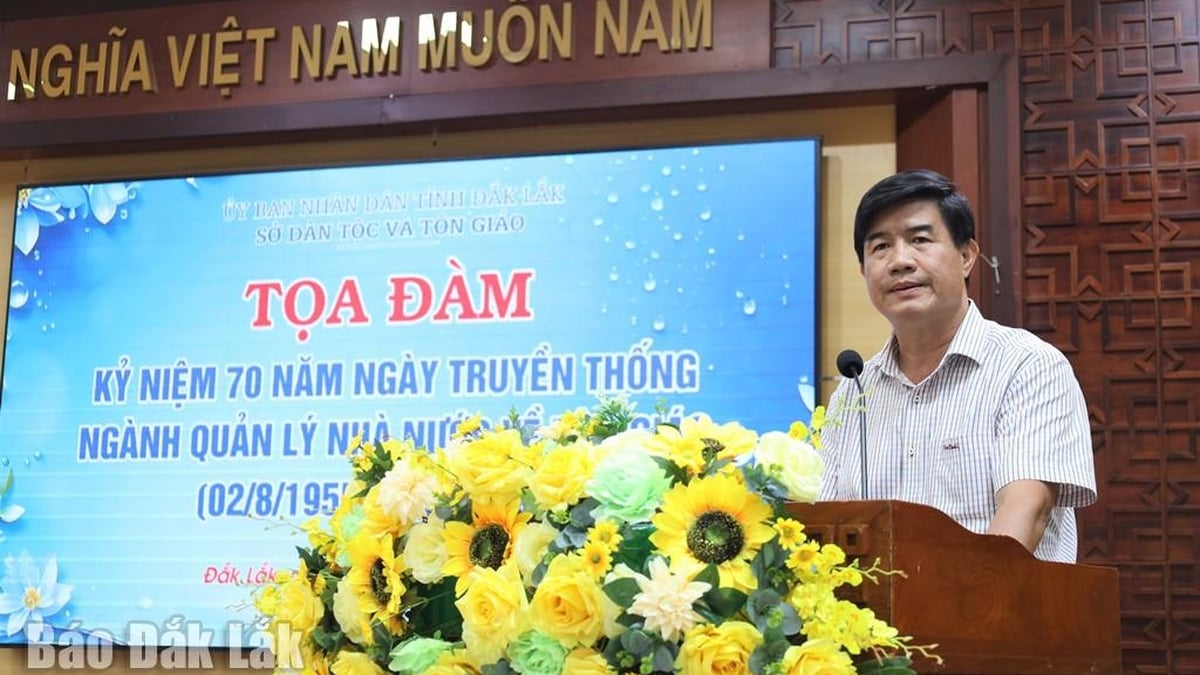
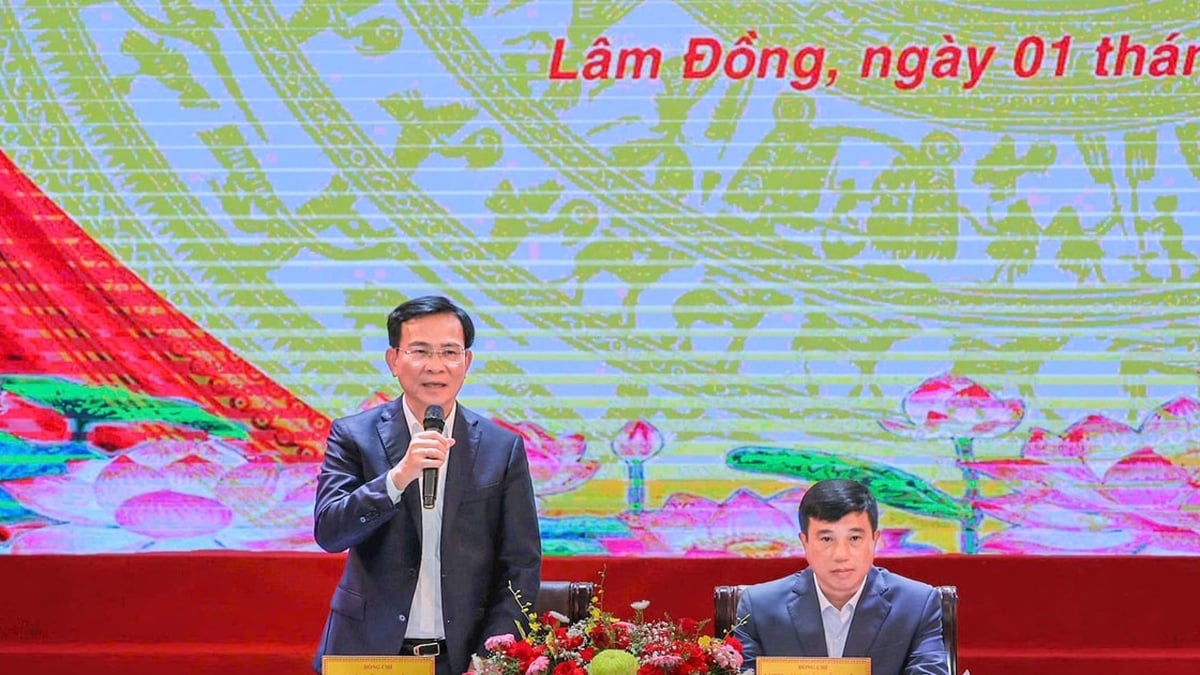
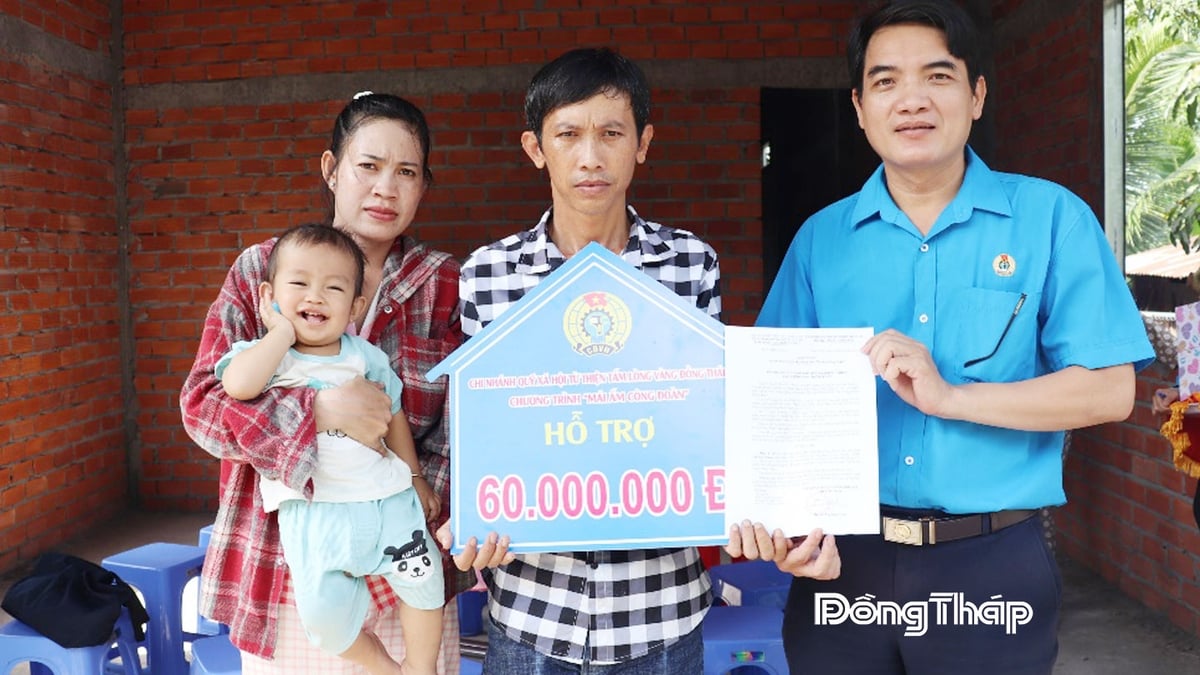
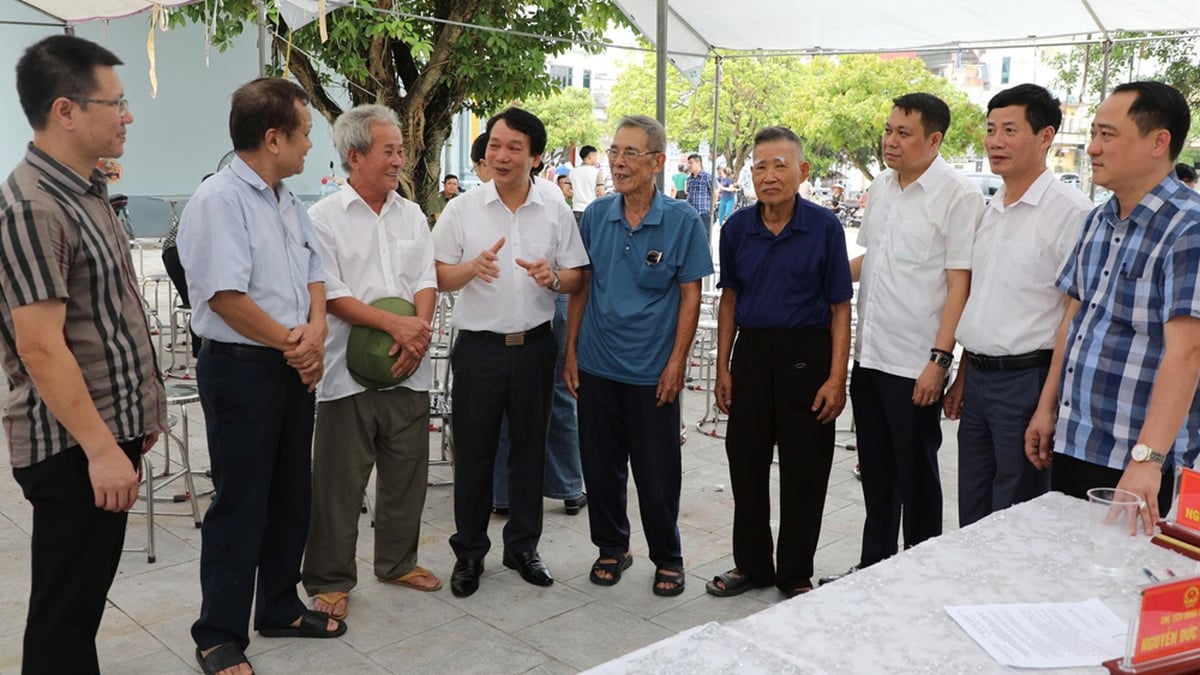
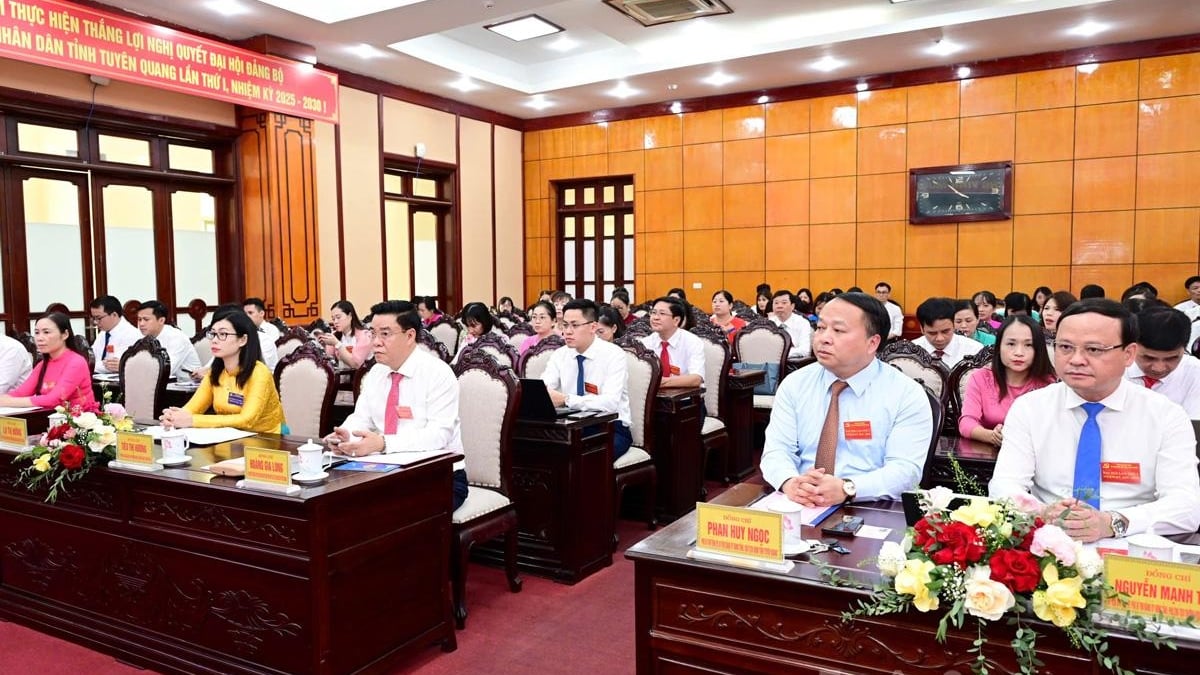























































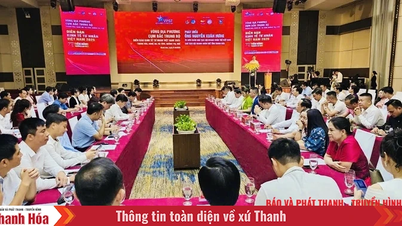




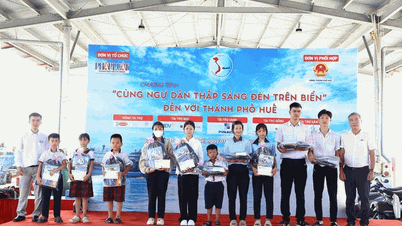







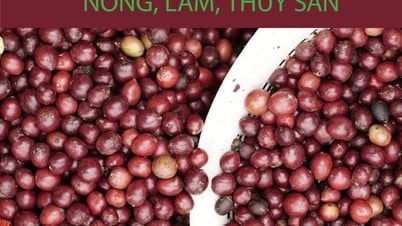
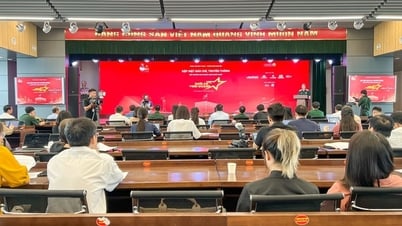























Comment (0)